Sustainability and Eco-Friendly Materials
Sustainability is becoming a crucial consideration in the commercial aircraft-cabin-interior market. Airlines are increasingly adopting eco-friendly materials and practices in response to growing environmental concerns. The use of sustainable materials not only aligns with corporate social responsibility goals but also appeals to environmentally conscious consumers. Reports suggest that the market for sustainable cabin interiors could grow by 8% annually, as airlines strive to reduce their carbon footprint. This shift towards sustainability may drive innovation in material science, leading to the development of lightweight, durable, and recyclable materials that enhance cabin design while minimizing environmental impact. The emphasis on sustainability is likely to reshape the commercial aircraft-cabin-interior market in the coming years.
Technological Integration in Cabin Design
Technological integration is a pivotal driver in the commercial aircraft-cabin-interior market. The incorporation of smart technologies, such as IoT devices and advanced lighting systems, is transforming cabin environments. These technologies not only enhance passenger comfort but also improve operational efficiency for airlines. For instance, smart lighting can adjust according to flight phases, promoting passenger well-being. The market for technologically advanced cabin interiors is projected to expand by approximately 7% annually, as airlines seek to leverage technology to create more engaging and personalized travel experiences. This trend indicates a shift towards a more connected and interactive cabin environment, which could redefine passenger expectations in the commercial aircraft-cabin-interior market.
Regulatory Compliance and Safety Standards
The commercial aircraft-cabin-interior market is significantly influenced by stringent regulatory compliance and safety standards mandated by aviation authorities. In the US, the Federal Aviation Administration (FAA) enforces regulations that govern materials, design, and safety features within aircraft interiors. Compliance with these regulations is not only essential for operational approval but also impacts the design and manufacturing processes. As airlines strive to meet these standards, investments in advanced materials and technologies are likely to increase. This focus on safety and compliance may drive innovation in the commercial aircraft-cabin-interior market, as manufacturers seek to enhance passenger safety while maintaining aesthetic appeal. The market is projected to grow as airlines prioritize safety, potentially leading to a market value increase of approximately 5% annually over the next few years.
Competitive Landscape and Market Consolidation
The competitive landscape of the commercial aircraft-cabin-interior market is evolving, with increasing consolidation among key players. Mergers and acquisitions are becoming more common as companies seek to enhance their market position and expand their product offerings. This consolidation may lead to the development of more comprehensive solutions that integrate design, manufacturing, and technology. As major players consolidate, they may also invest more heavily in research and development, potentially driving innovation in cabin interiors. The market is expected to witness a growth rate of around 5% annually, as companies leverage their combined resources to meet the evolving demands of airlines and passengers. This competitive dynamic is likely to influence the future direction of the commercial aircraft-cabin-interior market.
Increased Demand for Enhanced Passenger Experience
The commercial aircraft-cabin-interior market is experiencing a notable shift towards enhancing passenger experience. Airlines are increasingly recognizing the importance of comfort, aesthetics, and functionality in cabin design. This trend is driven by rising consumer expectations and competition among carriers. As a result, airlines are investing in innovative cabin layouts, improved seating options, and advanced in-flight entertainment systems. According to industry reports, the market for premium cabin interiors is expected to grow by 6% annually, reflecting the demand for more luxurious and comfortable travel experiences. This focus on passenger satisfaction is likely to shape the future of the commercial aircraft-cabin-interior market, as airlines aim to differentiate themselves in a competitive landscape.


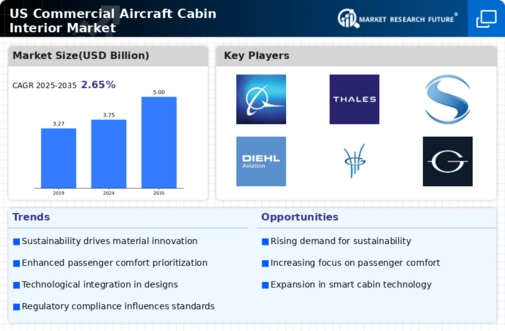
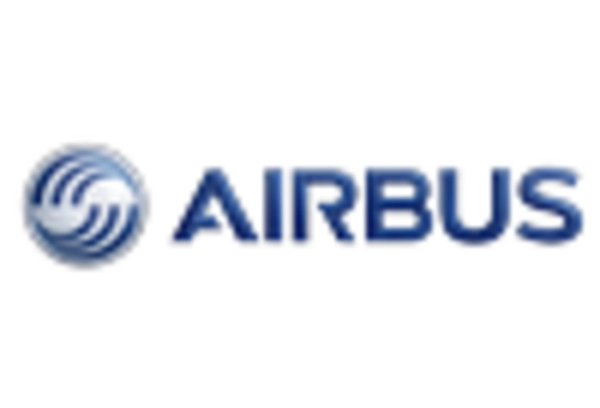

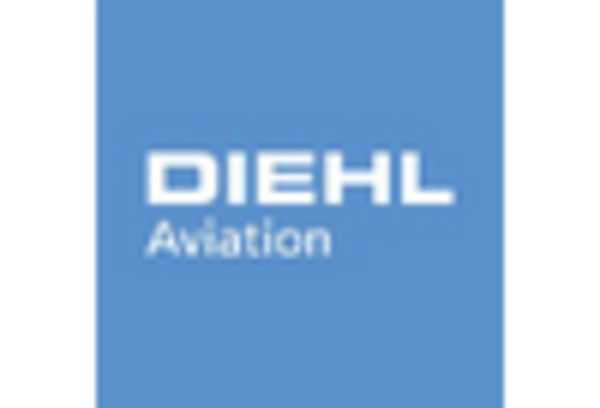

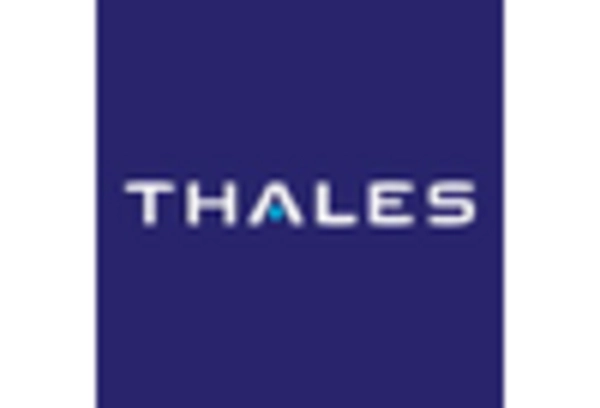
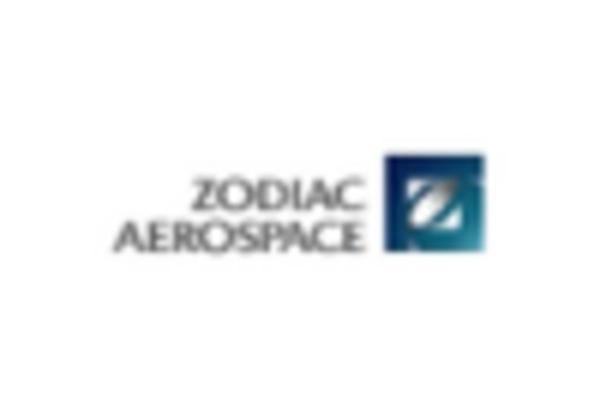








Leave a Comment